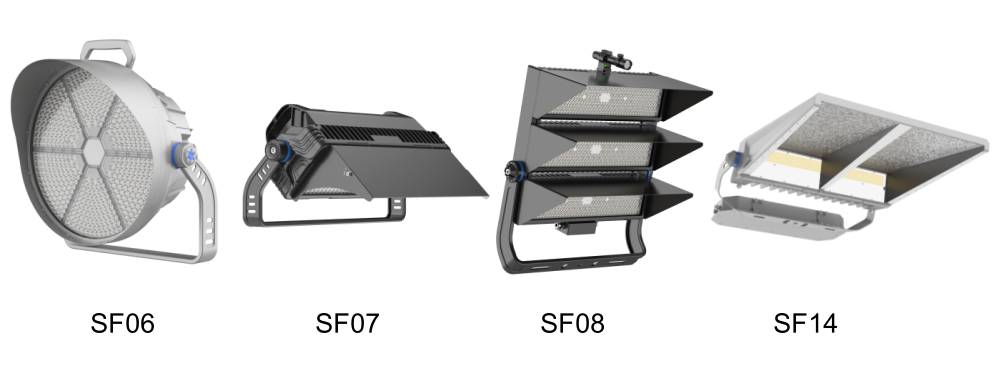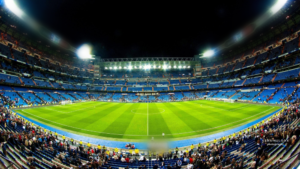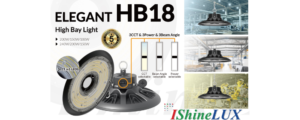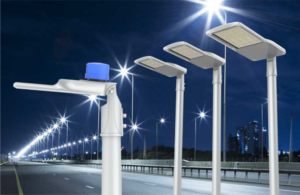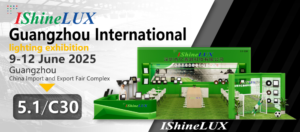How to Design Cricket Stadium Lighting That Meets ICC Standards
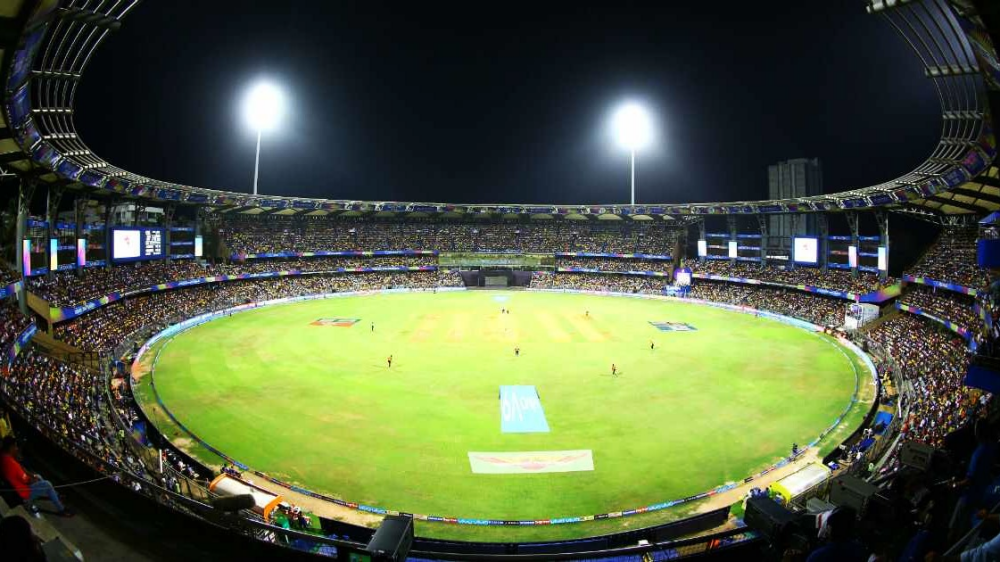
Cricket is the second most popular sport in the world, played and followed passionately across South Asia, Australia, the UK, and many Commonwealth countries.
When players can’t see the ball clearly, and fans struggle to follow the game, lighting becomes a serious problem.
It directly affects safety, match performance, and even live broadcast quality.
Cricket stadium lighting1 must follow ICC standards2, control glare, reduce energy consumption3, and support long-term reliability. The right LED lighting4 improves visibility, safety, and overall game experience.
Why is lighting so important for a cricket stadium?
Cricket is a fast-paced outdoor sport, and poor lighting can ruin both gameplay and audience comfort.
At night or during cloudy weather, stadium lighting must ensure the ball, players, and pitch are clearly visible—without shadows or glare.
I’ve seen venues lose matches or TV rights due to lighting failures or non-compliance with basic standards.
What I focus on in every project:
| Factor | Why It Matters |
|---|---|
| Player visibility | Helps players track the ball safely |
| Glare control | Keeps eyes relaxed, reduces mistakes |
| Audience comfort | Improves viewing experience |
| Energy cost | Reduces long-term operational expenses |
| Light uniformity | Prevents dark zones and light imbalance |
What lighting standards do cricket stadiums need to follow?
Lighting for cricket isn’t just about brightness—it must meet performance standards defined by the International Cricket Council (ICC).
These standards cover lux levels5, uniformity, color rendering (CRI)6, and glare control7. Stadium lighting must adapt to different match levels, from local training to international broadcasts.
ICC Lighting Levels
| Class | Pitch Lux | Outfield Lux | Uniformity | CRI |
|---|---|---|---|---|
| Class I (International) | 750 | 500 | > 0.7 | ≥ 90 |
| Class II (Regional) | 500 | 300 | > 0.7 | ≥ 80 |
| Class III (Training) | 300 | 200 | > 0.5 | ≥ 70 |
For televised matches:
- 1500–2500 lux for HD or 4K broadcasting
- CRI above 90 for accurate color reproduction
- Flicker-free lighting for slow-motion cameras
To meet these requirements, many stadiums are choosing to upgrade their current lighting systems rather than replacing them entirely. A common approach is to retrofit high-power LED floodlights8 and adjust beam layouts to improve uniformity and performance. In countries like India and the UAE, local codes often demand even higher standards, so compliance must address both ICC and regional regulations.
What makes a good LED floodlight for cricket?
Meeting lux levels5 is just the beginning—what truly matters is how well the light is delivered and controlled.
A high-quality LED floodlight for cricket must be bright, flicker-free, precisely aimed, and built to withstand harsh environments.
Key Features I recommend:
| Feature | Recommended Spec |
|---|---|
| CRI | ≥ 80 (Class II) / ≥ 90 (Class I) |
| Glare Index (UGR) | Below 22 |
| Beam angle | 15–60°, depending on mounting height |
| Flicker rate | Less than 1% for HDTV compatibility |
| Dimming control | 0-10V or DALI compatible |
Proper lighting design also includes simulation using Dialux or Relux software. This ensures the selected fixtures and beam angles can meet all field zones’ requirements.
How should cricket stadium lights be positioned?
Even the best LED lights won't perform well without proper placement. Lighting layout is critical to avoid glare, shadows, or uneven brightness.
Depending on stadium type, pole height and number vary to suit the field geometry and match level.
Common Lighting Layouts
| Mounting Type | Typical Height | Best For |
|---|---|---|
| High Mast (4–6 poles) | 25–40m | Full-size international stadiums |
| Low Pole (8–10 poles) | 12–20m | Practice fields, school grounds |
| Roof-Mounted | 15–30m | Covered stadiums in urban areas |
We help clients optimize pole layout and aiming angles through free Dialux lighting design support, ensuring full coverage and standard compliance.
How do you manage light decay and long-term performance?
Like all lighting systems, LEDs experience lumen depreciation9—gradual brightness loss over time.
For stadiums, it’s important to maintain lux levels5 throughout the product’s lifetime. This means planning for maintenance and overdesigning light output slightly from the start.
Our Recommendations:
- Choose fixtures rated L80 > 50,000 hours
- Check lux levels5 on-site every 12–18 months
- Clean lenses regularly to prevent dirt-based loss
- Use modular designs10 to replace only affected parts
iShineLux designs include extra initial output to ensure ICC compliance is sustained for years.
Key Terms You Should Know
Not everyone reading a tender document is a lighting expert. Here’s a quick guide to help you understand the essentials:
| Term | What It Means |
|---|---|
| Lux | Brightness on a surface (lumens per square meter) |
| CRI | Color Rendering Index – measures how accurately colors appear under the light |
| UGR | Unified Glare Rating – lower values mean less glare (ideal < 22) |
| SPD | Surge Protection Device – shields lights from voltage spikes |
| Uniformity | Ratio of minimum to average brightness – closer to 1 = more even lighting |
How does iShineLux support high-level cricket lighting?
iShineLux specializes in professional LED lighting4 solutions for sports stadiums.
All our products are tested under real stadium conditions and meet international standards including IEC 60598 and EN 12193 for sports lighting compliance.
We don’t just deliver lighting—we deliver peace of mind with certified products, technical expertise, and personalized design support.
iShineLux Key Features:
-
Modular Design
- Easy to install, maintain, and upgrade
- Individual modules can be replaced quickly during faults or damage
-
Advanced Thermal Management
- Die-cast aluminum heat sinks with optimized airflow
- Keeps LED chips cool, extending lifespan and reducing light decay
-
Glare and Spill Light Control
- Precision optics direct light exactly where needed
- Symmetric and asymmetric beams suit different field layouts
- Optimized lens systems minimize unwanted spill to nearby areas
- Optional visors and shields protect players’ and spectators’ eyes
-
Durable Outdoor Build
- IP66-rated for dust and water protection
- Anti-corrosion coatings for use in coastal or humid conditions
-
Surge Protection and Smart Control
- Built-in 10–20KV SPD resists voltage spikes and lightning
- Driver includes overheat, overcurrent, and short-circuit protection
- DALI control11 ready, allowing zone dimming and energy management
How can I balance budget and performance12 in a stadium lighting project?
Budget is always a concern, but performance can’t be compromised—especially for televised matches.
The key is to plan based on match level, simulate the lighting design in advance, and evaluate the full cost over time—not just upfront pricing.
What I recommend to clients:
| Step | Why it matters |
|---|---|
| Define match level | ICC class determines lighting targets |
| Use simulation tools | Prevents over- or under-lighting |
| Compare total cost | Include energy, maintenance, and lifespan |
| Ask about dimming | Scheduled dimming saves energy |
| Check certifications | Ensure ISO, CE, RoHS, and local compliance |
Buyer Tip: Should you OEM?
If you own an overseas brand or need local customization, we offer full OEM/ODM services13, including logo printing, packaging design, and color customization to match your market’s branding needs.
Conclusion
Cricket stadium lighting1 is no longer just about brightness—it’s about reliability, compliance, and total performance.
With iShineLux, you get more than a product—you get a partner that delivers on every match.
Let’s light up your stadium the right way.
-
Explore this resource to understand the essential elements of effective cricket stadium lighting. ↩ ↩
-
Learn about ICC standards to ensure compliance and enhance match quality. ↩
-
Explore strategies for minimizing energy use while maintaining high lighting standards. ↩
-
Discover how LED lighting can improve visibility and reduce energy costs in stadiums. ↩ ↩
-
Get insights into the specific lux levels needed for different match types. ↩ ↩ ↩ ↩
-
Learn how CRI affects color accuracy and viewer satisfaction in televised matches. ↩
-
Find out how effective glare control enhances player performance and viewer experience. ↩
-
Explore the advantages of using high-power LED floodlights in sports venues. ↩
-
Understand how lumen depreciation impacts long-term lighting performance. ↩
-
Find out how modular designs facilitate maintenance and upgrades. ↩
-
Learn about DALI control and its benefits for energy management in stadiums. ↩
-
Discover strategies for balancing cost and performance in lighting projects. ↩
-
Explore how OEM/ODM services can customize lighting solutions for your needs. ↩

